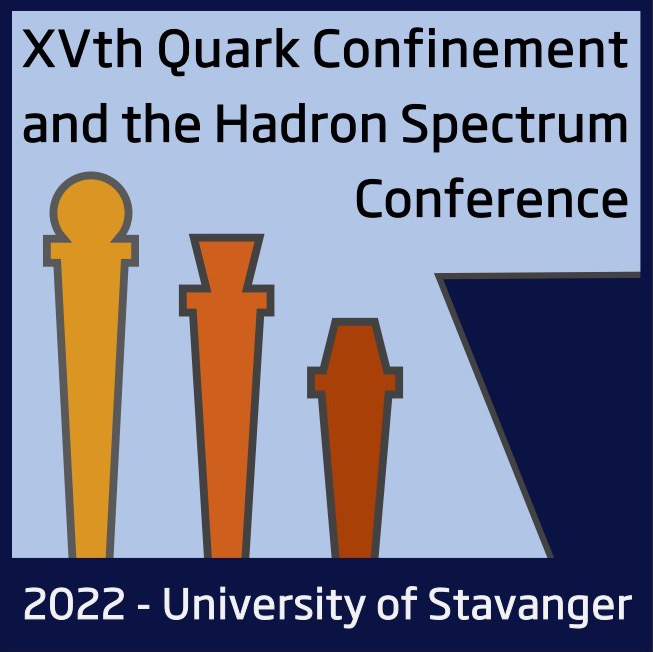Speaker
Description
Evidence has emerged recently in large N gauge theories that a `partially-deconfined’ phase can appear between confined and deconfined phases. In this phase, only a subset of colours deconfine. The centre symmetry is spontaneously broken in the partially-deconfined phase, raising the question of whether an order parameter exists that can also distinguish it from the completely-deconfined phase. We present two examples in gauge theories of global symmetries that are spontaneously broken in the confined phase and preserved in the deconfined phase, and we show that this symmetry is spontaneously broken in the partially-deconfined phase. Consequently, in these theories the transition from complete to partial deconfinement is accompanied by the spontaneous breaking of a global symmetry. The two examples are CP symmetry in $\mathcal{N}=1$ super-Yang-Mills with a massive gluino and theta-angle $\theta=\pi$, and chiral symmetry in a strongly-coupled lattice gauge theory. For $\mathcal{N}=1$ SYM we also present numerical evidence that the same phenomenon occurs at finite $N \geq 30$. We thus conjecture that global symmetries may provide order parameters to distinguish completely and partially deconfined phases generically, including at finite $N$.

